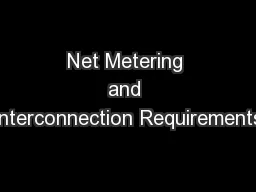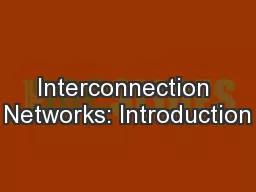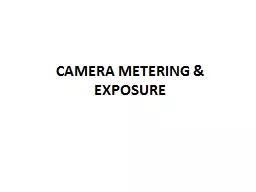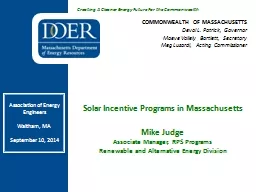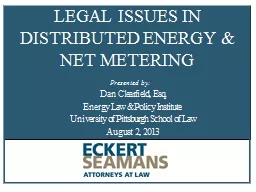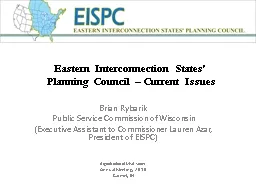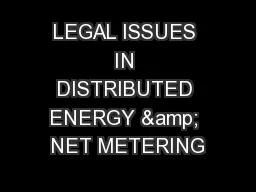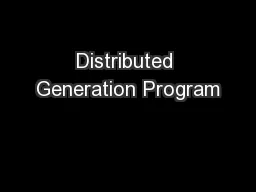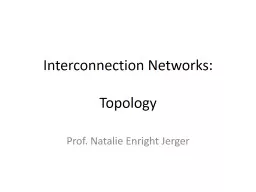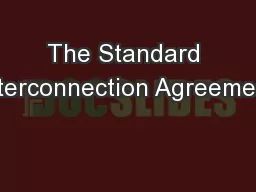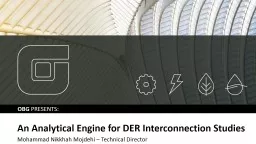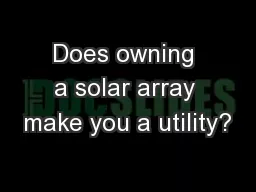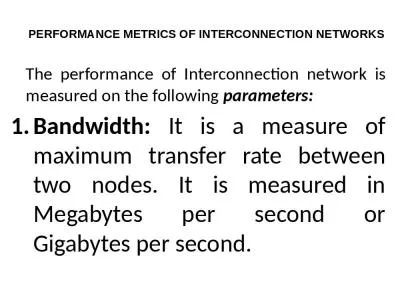PPT-Net Metering and Interconnection Requirements
Author : marina-yarberry | Published Date : 2017-10-19
IMUA 2015 Annual Conference May 8 2015 Delia Patterson General Counsel APPA Agenda Define what I mean when I use the term distributed generation DG Provide you
Presentation Embed Code
Download Presentation
Download Presentation The PPT/PDF document "Net Metering and Interconnection Require..." is the property of its rightful owner. Permission is granted to download and print the materials on this website for personal, non-commercial use only, and to display it on your personal computer provided you do not modify the materials and that you retain all copyright notices contained in the materials. By downloading content from our website, you accept the terms of this agreement.
Net Metering and Interconnection Requirements: Transcript
Download Rules Of Document
"Net Metering and Interconnection Requirements"The content belongs to its owner. You may download and print it for personal use, without modification, and keep all copyright notices. By downloading, you agree to these terms.
Related Documents

